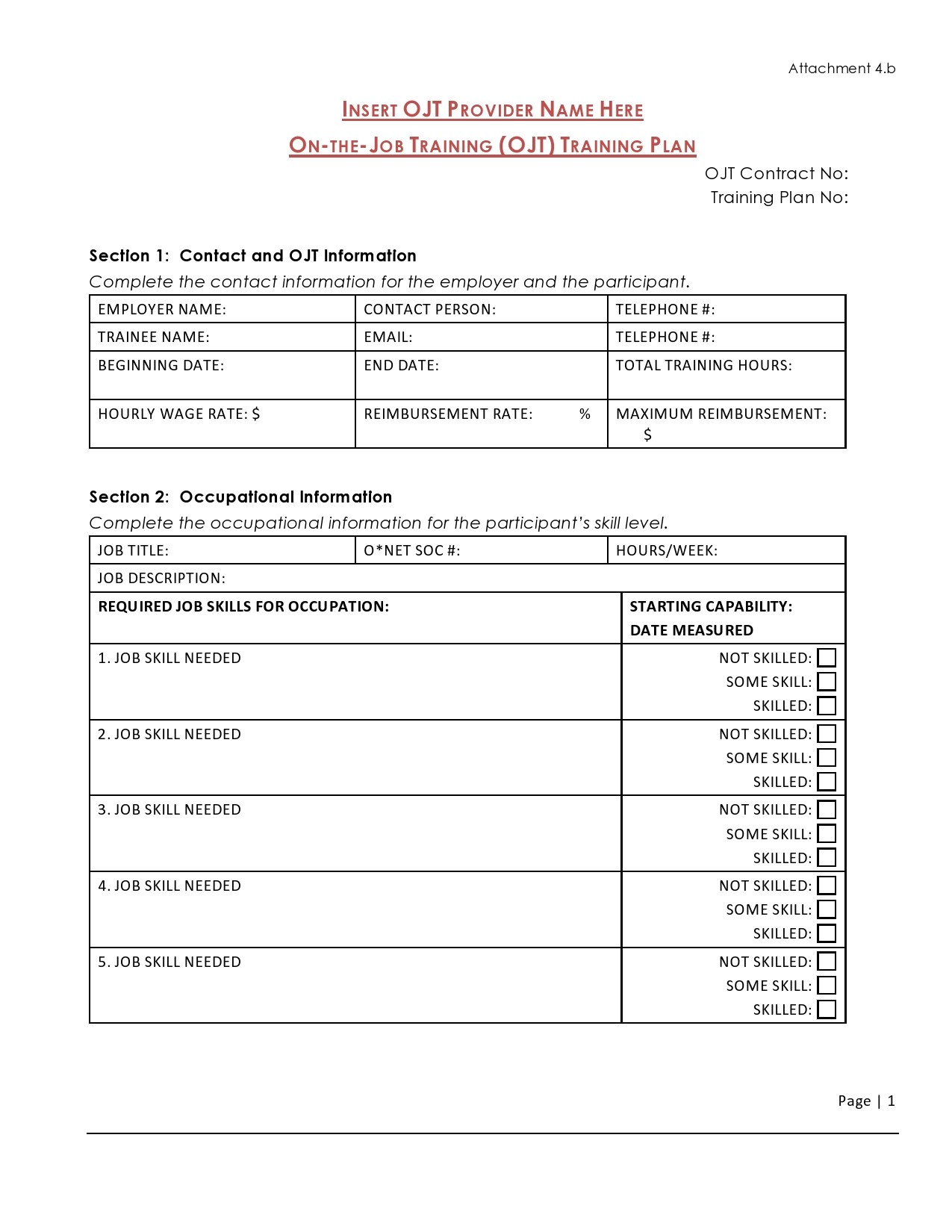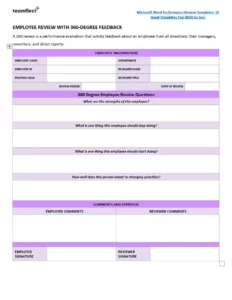On-the-job training (OJT) is a crucial component of any employee development strategy. It provides hands-on experience and allows employees to learn from experienced professionals in a real-world setting. To ensure the effectiveness of your OJT program, it’s essential to have a well-structured template.
An effective OJT program template should outline the following elements: the purpose of the program, the target audience, the tasks and responsibilities of the trainee, the timeline for training, the evaluation process, and the resources required. By defining these elements, you can create a program that meets the specific needs of your organization and helps employees achieve their desired learning outcomes.

Components of an On the Job Training Program Template
A comprehensive OJT program template should include the following components:
Purpose and Objectives: Clearly define the overall purpose and specific learning objectives of the OJT program. This will guide the design and implementation of the program.
Target Audience: Identify the specific employees or groups of employees who will participate in the OJT program. Consider their experience levels, job roles, and learning needs.
Tasks and Responsibilities: Outline the specific tasks and responsibilities that trainees will undertake during the OJT program. These tasks should be aligned with the learning objectives and the trainee’s career goals.
Timeline: Establish a realistic timeline for the OJT program, including the start and end dates, the frequency of training sessions, and the duration of each session.
Evaluation Process: Describe the methods that will be used to evaluate the effectiveness of the OJT program, including both formative and summative assessments.
Resources: List the resources that will be required to conduct the OJT program, such as training materials, equipment, and personnel.
Benefits of Using an On the Job Training Program Template
There are numerous benefits to using an OJT program template, including:
Consistency and Standardization: A template ensures that all OJT programs within an organization are consistent in their approach, quality, and outcomes.
Time Efficiency: By providing a pre-defined framework, a template saves time in developing and implementing OJT programs.
Improved Training Quality: Templates help to ensure that OJT programs are well-structured and meet established standards of training quality.
Flexibility: Templates can be easily adapted to meet the unique needs of different departments, roles, and individuals.
Measurable Results: Templates facilitate the evaluation of OJT programs, allowing organizations to track their effectiveness and make necessary adjustments.
By using a well-structured OJT program template, organizations can create and implement effective training programs that meet the needs of their employees and help them achieve their full potential.

